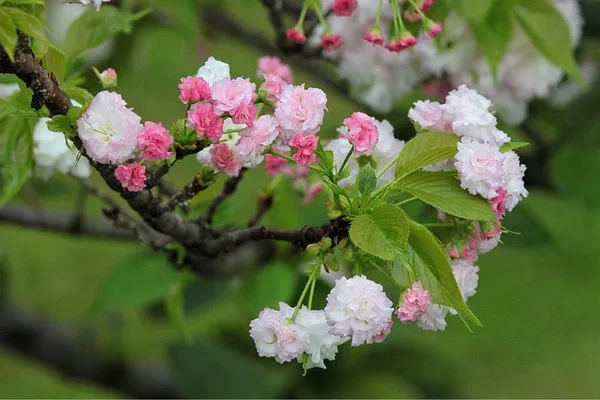With Mayon Volcano rumbling and spewing red-hot lava, Eleanor Alaurin, a flower farm owner in the Philippines, is in a race against time. She and her husband, Danilo, manage a half-hectare farm located within the seven-kilometer extended danger zone of the volcano. As the ominous signs of volcanic restiveness cast a shadow over their livelihood, the couple is working tirelessly to harvest their flowers by October 29, just in time for ‘Undas’ (All Saints’ Day and All Souls’ Day), a significant event in the Philippines.
Eleanor shares, “We hope to harvest all the flowers by Oct. 29 in time for the ‘Undas’ to generate income just in case we need to go back again to the evacuation centers.” With just two hands managing their serene and bucolic farm in Barangay Matnog, the Alaurin couple is capitalizing on the high demand for cut flowers during these holidays. Eleanor envisions, “If we sell all our flowers, we will probably get at least PHP50,000.”
Their farm exemplifies integrated farming, where colorful chrysanthemums, cockscomb, celosia, aster, and gomphrena coexist with lush rice stalks. Notably, they prioritize ornamental farming over rice farming due to its higher profitability. Eleanor explains, “We only grow rice since the ornamental plants should be rotated with other crops to conserve soil fertility. We really do not earn much from our rice production.”
Luz Mapa, chairperson of the municipal agriculture and fisheries council of Daraga, emphasizes the profitability of flower farming compared to rice. She estimates that a single flower bed teeming with chrysanthemums can yield an income of PHP10,000 during the peak season. Additionally, value-added products like floral arrangements and agrotourism provide supplementary revenue streams.
While the floriculture industry offers significant economic potential, it presents its own set of challenges. Eleanor and Danilo have embraced the art of flower farming with a combination of diligence, timing, and strategy. They work diligently from sunrise to sundown, driven by a profound love for their labor. Eleanor attests, “When you love what you do, you lose track of the time.”
For the current season, they initiated their flower planting endeavors around June, ensuring that the blooms are at their peak for Undas. Customer demands steer their choice of flowers, and connections with florists, wholesalers, and retailers, along with social media utilization, bolster their sales efforts.
Eleanor’s dream is simple yet profound: to provide her children with an education through this livelihood. She is particularly proud of her youngest child’s upcoming graduation in seven months.
While All Saints’ and All Souls’ Days draw a massive crowd to Barangay Matnog, it’s not just during these occasions that the local flower industry thrives. In the Philippines, flowers play a role in various celebrations throughout the year, including Valentine’s Day, Mother’s Day, Holy Week, and Undas.
Dennis Bon, the village chief, acknowledges the growing popularity of ornamental gardening in Matnog, attributing it to the intrinsic connection of flowers with Filipino culture. He reveals plans for a Burak (Flower) Festival in May 2024, which aims to further promote local flower farms and the artistry of florists.
As Filipinos visit cemeteries to honor their departed loved ones with prayers, candles, and flowers, the Alaurin couple exemplifies the resilience and profit potential that flower farming can offer. Eleanor affirms, “There is money in flower farming. But it takes a lot of work and, of course, a green thumb.”


